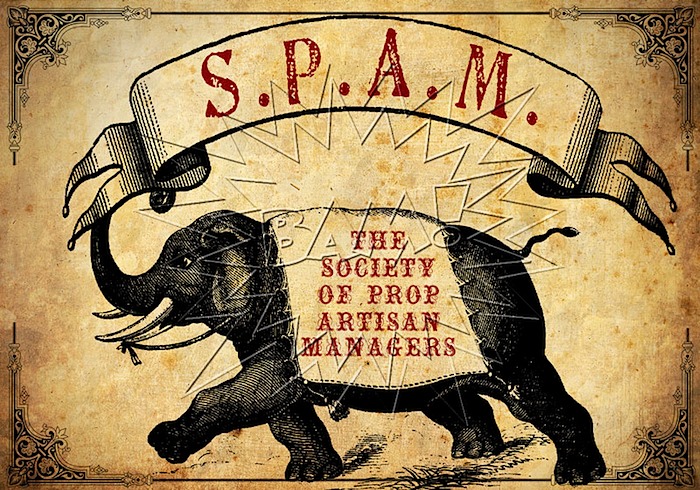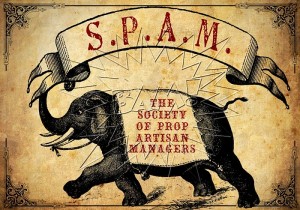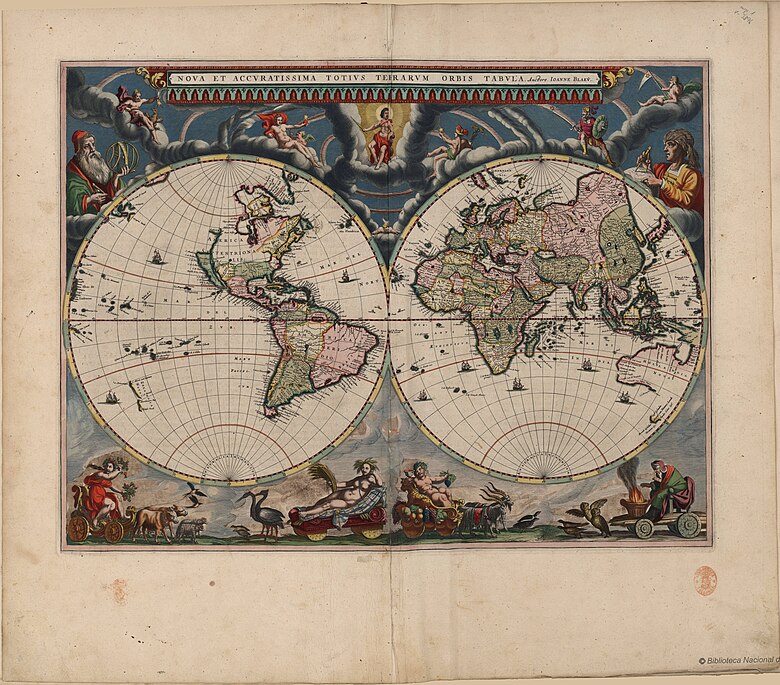Every winter, many performing arts institutions put on some kind of winter or holiday show. From a traditional Christmas Carol or The Nutcracker Suite, to the more modern A Christmas Story and The Santaland Diaries, many of these shows involve snow to some extant. Now, depending on the context of the snow and the traditions of the theater you work at, snow can be the responsibility of one or more departments: props, scenery, sometimes even lighting. Still, it doesn’t hurt to know some of the many ways snow is recreated, whether or not it ends up being the prop department’s responsibility.
For the 1936 Broadway production of Ethan Frome, scenic designer Jo Mielziner was very specific about the properties of the snow which covered most of the stage. It fell to Joe Lynn, the property master, to come up with a recipe. After much trial and error, they arrived at a mixture of white cornmeal, ground quartz and powdered mica flakes. As Mielziner himelf explains:
The cornmeal provided the right consistency, the quartz gave the crunching sound and the mica simulated the sparkling surface of snow in moonlight.
(from Designing for the theatre: a memoir and a portfolio, by Jo Mielziner; Atheneum, 1965, pg. 90)
Joe Lynn also added some rat poison to the mix to keep vermin away, which is probably not the safest solution available to today’s theatres. Also, using particles and powders as a floor covering—this is true of sand as well—can trigger issues with your fire marshal and even Actor’s Equity; you want to make sure you involve them as soon as possible so that you don’t end up using something which is not allowed.
For snowballs, previous props people have used white bar soap shaved into bits with a cheese grater. The resulting bits can be packed into a snowball which explodes on impact. Others suggest instant mashed potato flakes. In either case, water can be mixed in or spritzed on to make the snowballs stick better. If the actors are throwing the snowballs at people, obviously you want the snowball to break apart on impact as easily as possible. A lot of variables come into play: how hard the actor throws it, what it is hitting against, the temperature and humidity in your theatre, how far in advance you need to make the snowballs, etc. As a result of all these variables, there is no “exact recipe”, and research and development is essential.
Another option is the interior of disposable diapers (new ones, not used ones). They contain a powder called sodium polyacrylate, a polymer which absorbs 800–1000 times its own weight, effectively turning a liquid into a solid gel. It is also sold in magic shops and novelty stores as “slush powder”.
If a show calls for falling snow, it is often the props departments duty to procure the snow, while scenery is in charge of making it fall from the air. I know, it’s bizarre. The preferred method for at least the past hundred and thirty years is using clipped paper. Unfortunately, regular paper will not pass today’s fire retardant standards. If the thought of fire-proofing every snowflake for every performance is too overwhelming, theatrical suppliers, like Rose Brand, sell flame-proofed paper snow flakes. Expect to pay a lot though, and be aware that everyone needs snow during the winter and they are often sold out by this time of the year.
A more modern alternative is plastic flakes. Rose Brand sells these as well, but you can make your own if you wish. You can find paper shredders (for offices) which not only cut in strips, but also crosscut those pieces to make confetti. You can run white grocery bags or garbage bags through one to make your own plastic snow flakes. Bear in mind that you need a lot of snowflakes to make even a short-duration snowfall over a small stage. You’ll need more for multiple performances. You may be tempted to sweep as much as you can from one performance to use in the next one. Be aware that when you are picking up the old snow, you are also picking up all the dirt and dust from the stage. You don’t want to rain crud down onto your performers during a show; the dust can get in their eyes, and larger particles may even injure them when dropped from the top of the stage.
, but I lost most of it when our apartment burned down and the flames ate the paper up. What’s your excuse for not trying it out?



